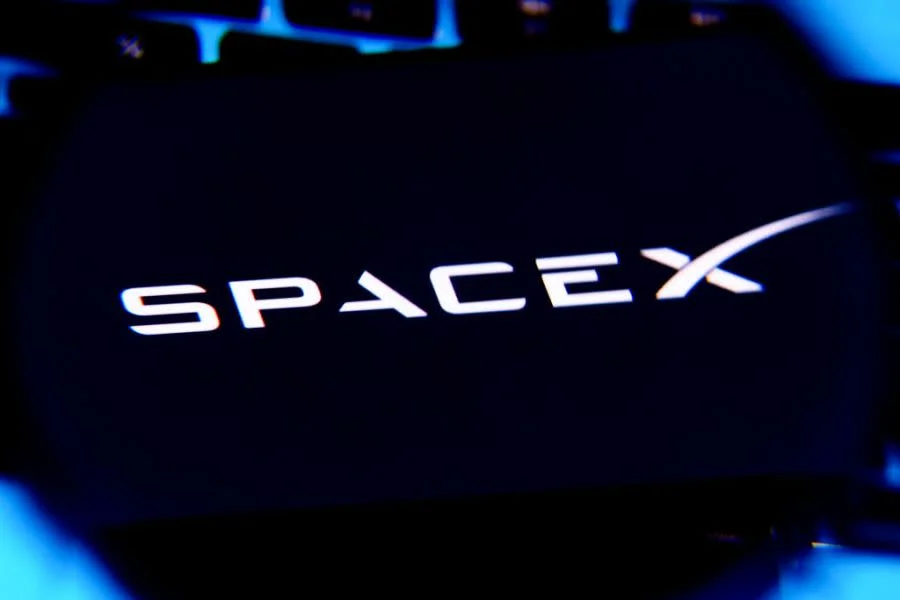
FAA Greenlights SpaceX for Increased Starship Launches: Gigabit Starlink on the Horizon?
The Federal Aviation Administration (FAA) has given SpaceX the green light to dramatically increase the number of Starship launches from its Starbase facility in South Texas, potentially paving the way for gigabit Starlink speeds and a revolution in broadband internet access. This decision marks a significant milestone for SpaceX's ambitious plans to deploy next-generation Starlink V3 satellites and expand its space exploration capabilities.

Previously restricted to five launches per year, SpaceX can now conduct up to 25 launches annually, according to the FAA's Final Environmental Assessment. This assessment concluded that the increased launch cadence would not significantly impact the environment, provided SpaceX adheres to certain protective measures.
"The FAA has determined that modifying SpaceX’s vehicle operator license supporting the increased launch and landing cadence of the Starship/Super Heavy launch vehicle would not significantly impact the quality of the human environment within the meaning of NEPA (National Environmental Policy Act)," the agency stated in its report.
This approval covers not only launches but also landings, permitting SpaceX to land up to 25 first-stage Super Heavy boosters and up to 25 second-stage Starship vehicles in the designated areas. The decision addresses issues such as public safety, national security, insurance requirements, and environmental concerns, following extensive public consultations.
The increased launch capacity is crucial for deploying the next generation of Starlink satellites. These V3 satellites promise downlink speeds of 1Tbps and uplink capacity of 160Gbps, a significant upgrade compared to the existing V2 Mini satellites. SpaceX stated in its progress report that the new version offers "more than 10x the downlink and 24x the uplink capacity of the V2 Mini Starlink satellites."
However, the advanced capabilities come with a trade-off: each V3 satellite weighs approximately 2,000 kilograms, more than three times the weight of the current V2 Mini Optimized satellites. This increased weight necessitates the use of the more powerful Starship vehicle for deployment, rather than the Falcon 9 rocket.
Despite the FAA approval, Starship is still undergoing rigorous testing. Recent test flights have faced challenges, with upper stages experiencing in-flight explosions. The company conducted its eighth Starship flight in March, but the upper stage tumbled out of control. Nevertheless, SpaceX remains committed to refining the vehicle and achieving successful launches.
Local reactions to SpaceX’s expansion have been mixed. While some welcome the economic opportunities, others express concerns about the environmental impact and restricted access to public beaches. Bekah Hinojosa with the South Texas Environmental Justice Network told The Texas Newsroom, "Lawmakers must demand that the FAA restart this review of SpaceX's permit process for the sake of our community and the island communities littered with flammable rocket debris."
With the FAA's approval, SpaceX is one step closer to realizing its vision of a high-speed, globally accessible internet service and furthering its ambitions in space exploration. The next Starship launch remains unscheduled, but the anticipation for gigabit Starlink and the future of space travel is undoubtedly building.
What are your thoughts on SpaceX's increased launch capabilities and the potential impact on broadband internet access? Share your opinions in the comments below!